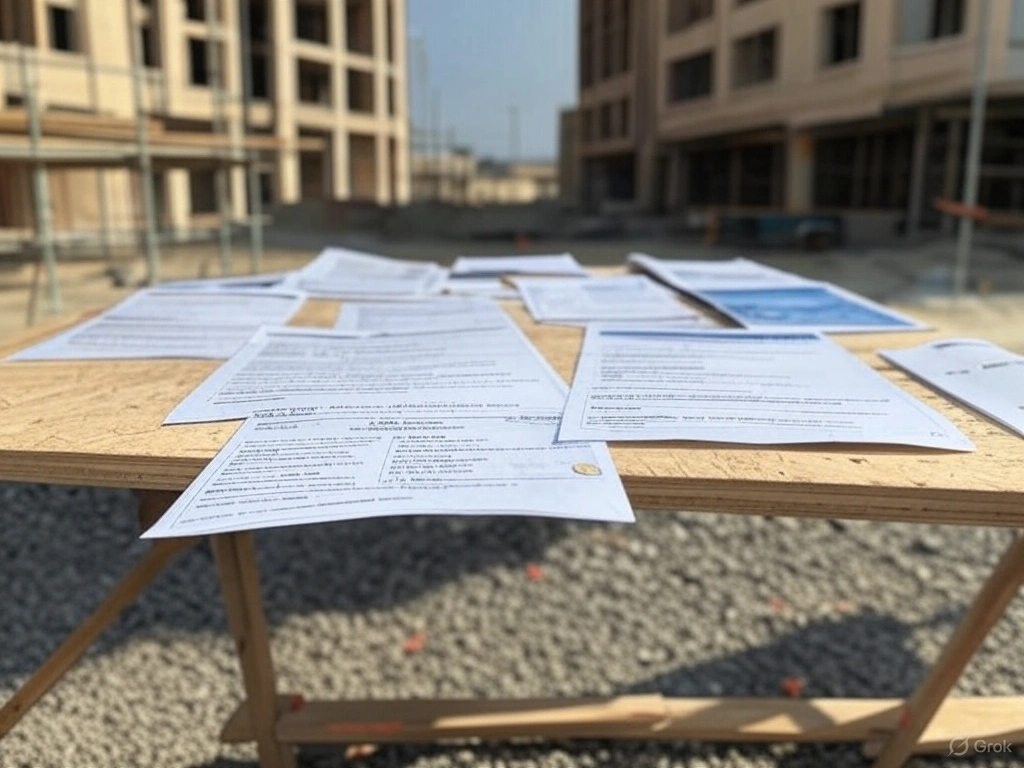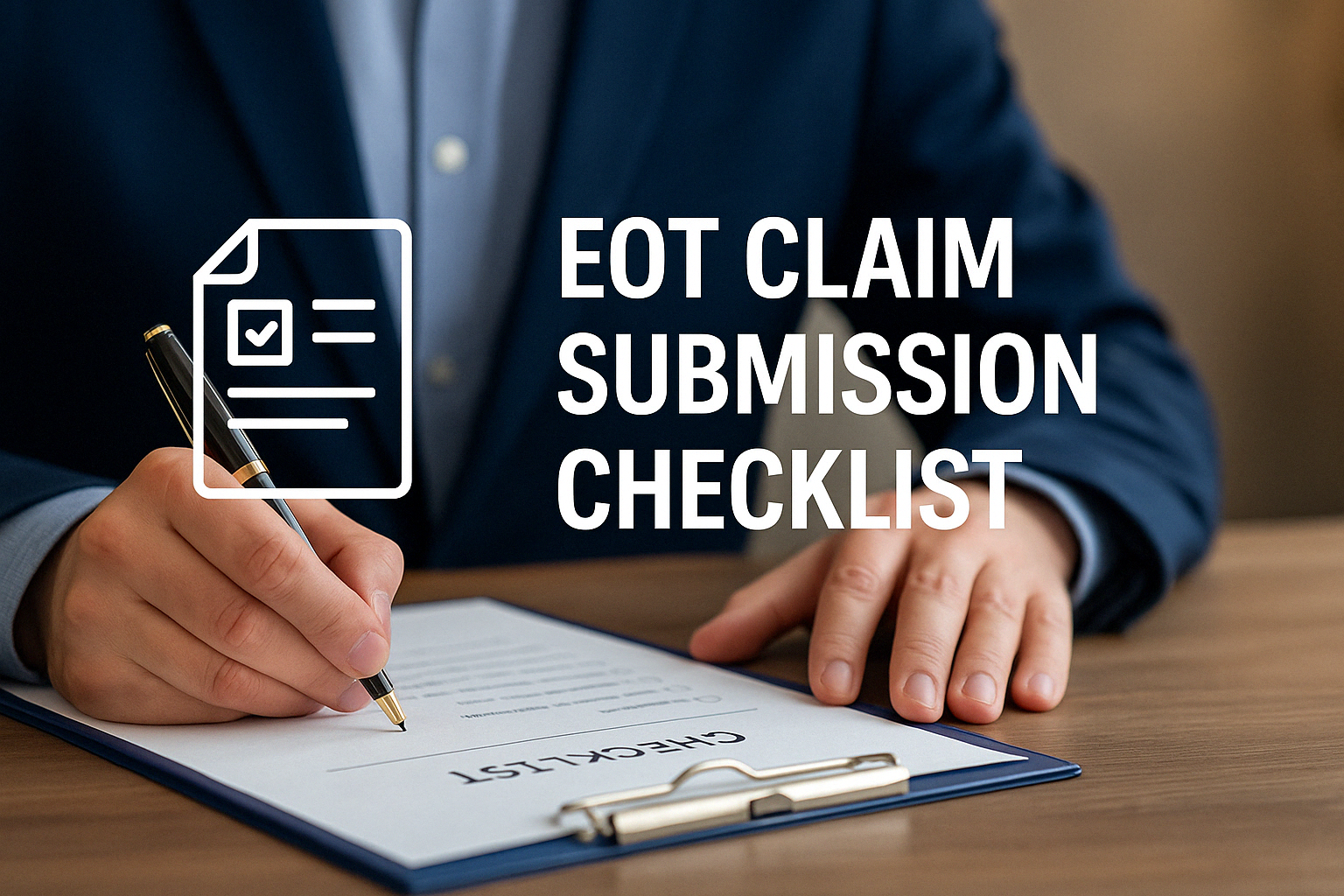The Crucial Role of Timely Notices in Construction Projects: An Engineer's Guide
Introduction
In the world of construction project management, precision isn’t just about measurements and specifications—it extends into the realm of contract management as well. Whether you are working as a project manager for a contractor, consultant, or developer, understanding and adhering to the contractual obligations regarding notices is essential. This article aims to underscore the importance of timely notices within construction contracts, providing practical advice from an engineering perspective.
Understanding Notices in Construction Contracts
A notice in a construction contract is a formal communication between parties that serves various purposes, from altering contract terms to addressing delays or procedural changes. Notices are pivotal for several reasons:
- Legal Requirement: They fulfill contractual obligations, failing which could lead to breaches of contract.
- Documentation: Notices provide a record of actions and can be crucial in disputes or claims.
- Communication: They ensure all parties are informed about the developments, promoting transparency and coordination.
Common Types of Notices

Notices in construction contracts can vary, but some of the most common include:
- Variation Order Notice: Issued when changes to the scope of work are required.
- Extension of Time Notice: Needed when delays occur that affect the project schedule, not attributable to the contractor.
- Payment Delay Notice: Sent to inform that a scheduled payment will be late.
- Notice to Commence Work: Officially instructs the contractor to begin work on the project.
- Notice to Stop Work: Issued to halt construction activities, possibly due to safety concerns or non-compliance with specifications.
The Consequences of Not Issuing Timely Notices

Failing to send notices within the timeframe stipulated by the contract can lead to significant consequences:
- Loss of Rights: You might forfeit the right to claim additional time or costs if notices are not issued timely.
- Financial Loss: Without proper notices, claims for extensions or costs might be denied, leading to financial losses.
- Legal Disputes: Non-compliance with notice requirements can lead to disputes, which might result in costly legal battles.
Best Practices for Managing Notices
To avoid the pitfalls of non-compliance and to manage notices effectively, consider the following strategies:
- Thorough Contract Review: At the start of any project, thoroughly review the contract to understand all notice-related clauses.
- Timetable for Notices: Create a schedule or a table that outlines when and how each notice should be sent. Include reminders several days before the due date to ensure compliance.
- Standard Templates: Develop standardized notice templates that comply with the contract terms. This reduces the time needed to draft notices and minimizes errors.
- Record Keeping: Keep detailed records of all notices sent and received. This documentation can be invaluable in case of disputes.
- Communication: Maintain open lines of communication with all stakeholders about notice requirements and ensure they understand the implications of these notices.
Sample Timetable for Notices
| Notice Type | Trigger Event | Deadline to Issue Notice |
|---|---|---|
| Variation Order Notice | Change in scope identified | Within 7 days of event |
| Extension of Time Notice | Unforeseen delay (e.g., weather) | Within 14 days of delay |
| Payment Delay Notice | Anticipated late payment | At least 5 days before due date |
| Notice to Commence Work | Contract signing | 10 days before starting |
| Notice to Stop Work | Safety issue or non-compliance | Immediately upon discovery |
Log for Record Keeping
| Date Issued | Notice Type | Recipient | Reason | Follow-up Actions | OT |
|---|---|---|---|---|---|
| 2023-04-15 | Extension of Time Notice | XYZ Development Corp. | Delay due to weather conditions | Review in 1 week | ✓ |
| 2023-04-20 | Payment Delay Notice | ABC Contractors | Late payment notification | Monitor daily | X |
Sample Notice Template
To: [Contractor/Client Name]
From: [Your Company/Your Name]
Date: [Date]
Subject: Extension of Time Notice per Contract Clause [X]
Dear [Contractor/Client Name],
We refer to the contract dated [insert contract date] concerning [insert project name]. Due to [detailed reason for delay, e.g., unexpected archaeological findings at the site], it has become necessary to extend the project timeline. According to Clause [X] of our contract, we hereby issue a notice requesting an extension of time to [new project completion date].
Please find attached the documentation that supports this request and substantiates the delay. We appreciate your understanding and cooperation.
Sincerely,
[Your Name/Your Position][Your Contact Information]
Conclusion
For construction project managers, the mantra should be clear: adhere strictly to notice requirements as laid out in the contract. The role of notices is not just a formality but a foundational aspect of project management that safeguards interests and ensures procedural transparency. By implementing rigorous notice management practices, project managers can avoid disputes, foster smoother project execution, and maintain healthy professional relationships across the construction industry. Remember, in construction contracts, timely communication is just as critical as quality construction.
Download Section
- Notices are not claims: They are early warnings that a claim may be necessary in the future if the issue is not resolved.
- Timely submission is crucial: Many contracts specify deadlines for issuing notices. Missing these deadlines could result in the forfeiture of rights.
- Documentation is key: Keeping records of all issued notices is essential for dispute resolution and contract compliance.
By effectively managing these notices, contractors and project managers can ensure that construction projects progress smoothly, risks are minimized, and contractual rights are protected.











